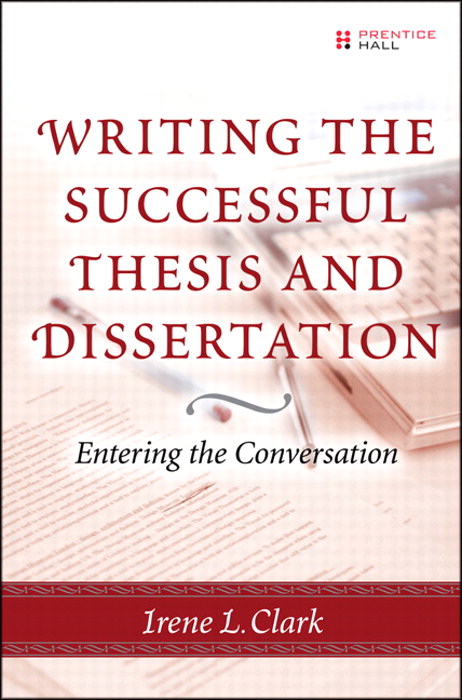Steps in doing a literature review
The steps below look sequential. However, doing a literature review is often an iterative process. That is, you may “circle back" to redo or modify earlier steps. You may also be working on a number of steps at the same time.
General steps
-
State your research topic or question. Ask yourself: What is my central question or issue that the literature can help define? What is already known about the topic?
-
Clarify the purpose of your review. For example, is it to provide background information for a research paper? Is it for a “pro and con" discussion? Is it to provide a synthesis or summary of the "state of the discipline?" Is it to demonstrate that you are familiar with previous work that has been done in your discipline? You may have several purposes.
-
Develop a starting search plan. Ask yourself: Where will I find information? (Library databases? Google Scholar? Special digital or physical collections specific to your discipline?) What is the scope of the search? How broadly or narrowly should I search? (Hint: Check out Boston College Libraries' excellent guide on literature review scope.)
-
Consider using a search log to help you search more effectively. This one was created by the University of Leeds.
-
Do your search and choose sources that seem to have information on your topic.
-
Choose the exact information you want to use, discuss, or develop in your review.
-
Organize and synthesize the information you've selected. Before beginning to write about the sources, you will probably find it useful to organize the sources -- perhaps thematically, perhaps chronologically. Ask yourself: What connections can be made between the texts? Is there a conflict or debate in the literature? How will reviewing the literature justify the topic I plan to investigate?
-
IUPUI has created a handy worksheet to help you synthesize multiple authors' research and viewpoints. Florida International University's "synthesis matrix" might also be useful.
-
Write a draft of the paper or article.
Acknowledgements: This page contains information adapted from Irene Clark's book Writing the Successful Thesis and Dissertation: Entering the Conversation (Upper Saddle River, NJ: Prentice Hall, 2007), pp. 110-111; and from librarian Paul Fehrmann's "Literature Reviews" guide on the Kent State University Libraries website.
Some helpful resources
The following resources, available through the OU Libraries, will give you additional help in developing your literature review.
 Writing the Successful Thesis & Dissertation: Entering the Conversation. By Irene L. Clark. (Upper Saddle River, NJ: Prentice Hall, 2007). Available in Bizzell Memorial Library, stacks (call number LB 2369 .C52 2007).
Writing the Successful Thesis & Dissertation: Entering the Conversation. By Irene L. Clark. (Upper Saddle River, NJ: Prentice Hall, 2007). Available in Bizzell Memorial Library, stacks (call number LB 2369 .C52 2007).
 Conducting Research Literature Reviews: From the Internet to Paper. Fourth edition. By Arlene Fink. Los Angeles, CA: Sage, 2014. Available in Bizzell Memorial Library, reference collection (call number Q180.55 .M4 F56 2014).
Conducting Research Literature Reviews: From the Internet to Paper. Fourth edition. By Arlene Fink. Los Angeles, CA: Sage, 2014. Available in Bizzell Memorial Library, reference collection (call number Q180.55 .M4 F56 2014).
"How to Write a Literature Review." By Andrew S. Denney and Richard Tewksbury. Journal of Criminal Justice Education, vol. 24, no. 2 (2013), pp. 218-234.
